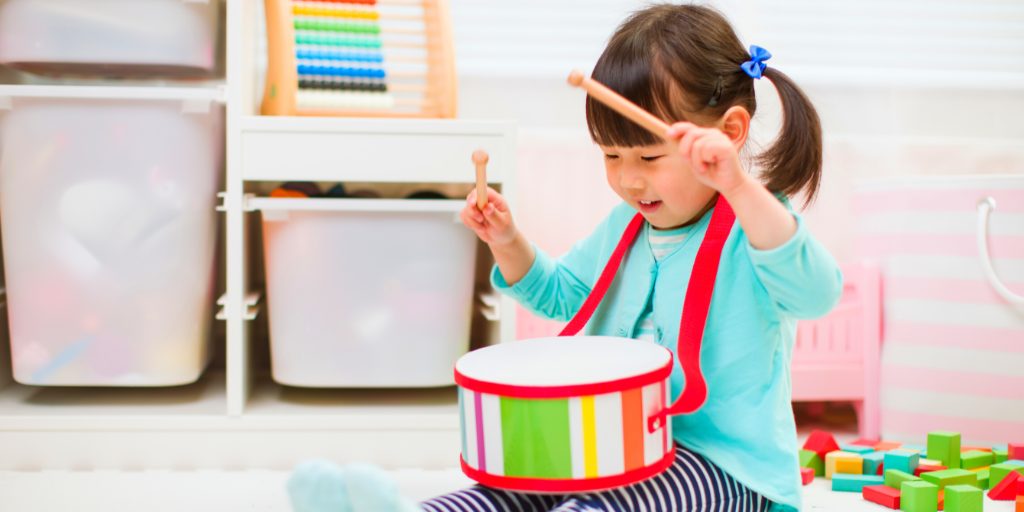
Samantha Stephenson shares her family's favorite Catholic homeschooling resources for preschool and early elementary grades.
I suppose you could say we do homeschool the way my husband and I do date nights: we order a bunch of things so we can have a little taste of everything. I read many a post like this one as I was trying to shift through the overwhelming mountain of curricular choices and hearing each mama’s experiences—even when they were different from what would work for our family—was so helpful. I hope you’ll find something useful in here, too!
This coming year, I will have a first grader and younger children ages 4, 2, and new here. My first grader is the only one we are formally schooling at the moment, although the 4-year-old likes to wander in and out. (For more on how I balance homeschooling with all these littles around, check out my post on our homeschool routine.) This past year, I used The Good and the Beautiful for math and language arts, and cobbled together a bunch of resources for the rest (read more about our kindergarten experience).
Going into a new school year that will be dominated by our adjustment to becoming a family of 6, I wanted something a little more structured that did require heavy planning on my part. That’s where our new curriculum comes in. We are using a loosely modified version of the Mother of Divine Grace first grade syllabus. Why MODG? Pretty much for the reasons Kendra Tierney outlines on her blog. I love that the syllabus is planned out with a checklist day by day, and all I need to do is pencil in our very basic modifications.
MODG does have an option to enroll in their school, consult with an experienced homeschool mama who has used the curriculum with her kids, and get a customized syllabus. And we might pursue that option one day. For now, because Idaho’s state requirements for homeschoolers are basically nonexistent and I only have one kid to wrangle, ahem, teach, marking up the syllabus by hand is working just fine.
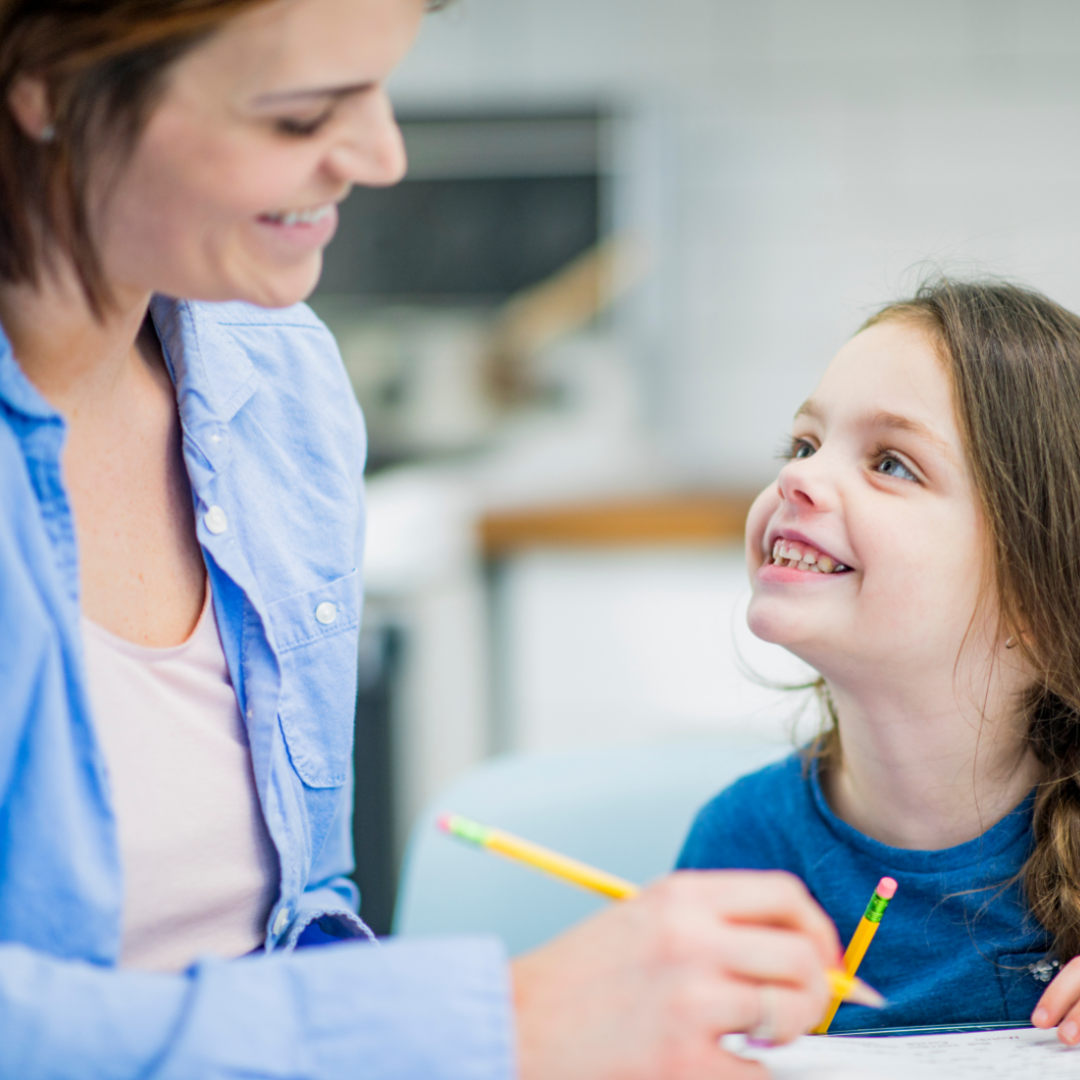
The list below is a subject-by-subject description of our Catholic homeschooling curriculum and how we’ve modified MODG’s syllabus.
Religion
One of the biggest changes is religion. MODG suggests the St. Joseph Baltimore Catechism. We have this and we plan to integrate some of the little lessons during our prayer routine in the evenings, but the suggested learning starts out way too slowly for our taste. My daughter already knows most of the prayers suggested for the first several weeks of instruction by heart.
We incorporated a lot of Bible and saint stories into our morning time routine this past year, and we will continue with that (as well as Hanna Barbera’s Bible Series and these saints videos on YouTube).
Our formal religion study for first grade comes directly out of The Giant Book of Catholic Bible Activities. I can’t say enough good things about this book. It goes through each Bible story with a little summary and several activities for each. Some of them, like word searches and crossword puzzles, are a little above my daughter’s level and frankly, not a great use of our time. But each one has a simple, no-prep craft, a snack, or some other memorable activity that we can do together to immerse the kids in the Bible. At this point, I just want to steep their imaginations in the amazing story of our faith, and this is the perfect resource. It has my daughter begging to do Bible every single day. What could be better than that?
We are also keeping Saints Around the World in our morning time basket which I love because there is a tiny map for each saint, so we hit geography every time we read about a new saint. And I throw in various picture books about Mass and saints/liturgical activities as they come up throughout the year.
Math
We are using MODG’s recommended text, Abeka’s Arithmetic 1. It starts out well below my daughter’s current ability level, but I’m okay with that because 1) it is good to build confidence with a new text, and 2) simplicity: I don’t have to modify the syllabus if we start at the beginning.
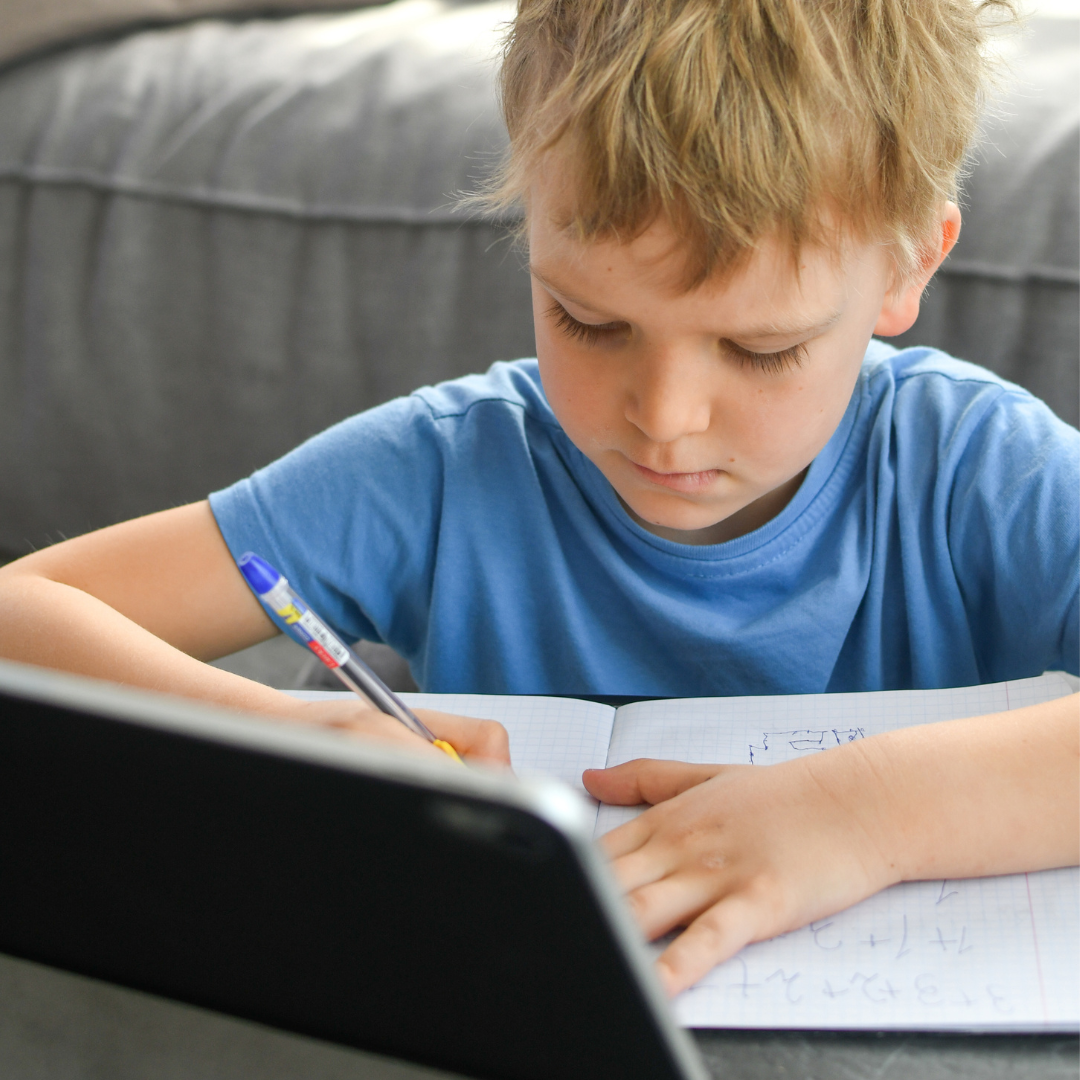
Reading
We used G&B’s “mini books” and Level K reader for practice last year. This year I purchased the First Grade Reader and the first few books of The Magic Treehouse series. When she saw those, her eyes lit up (she has a thing for Egypt after we studied it last year. Homeschool mom win). She immediately broke open the set and started struggling her way through the first few pages of the Magic Treehouse. After that, I’m not sure she will go back to the mind-numbing First Grade Reader despite Treehouse being well above her current reading level. And you know what? I respect that.
Grammar
MODG suggests Teach Your Child to Read in 100 Easy Lessons. But when I glanced through it, it didn’t look so easy to me, and she already knows how to read. So we are subbing in the first grade lit book to continue on with what we started last year.
Literature
We are reading through The Chronicles of Narnia just before our evening prayer routine, plus lots of picture books at morning time. I usually switch out the content of the basket every few weeks to include Catholic books we’ve purchased or history books we pick up from the library. We also try to read a children’s version of whatever Shakespeare play is at the Idaho Shakespeare Festival (which might be my favorite thing about the city of Boise. It’s like the Hollywood Bowl for plays, except set in an idyllic park with frolicking deer instead of a dystopian nightmare) so we can watch the play performed live each summer.
History
For history, we are using picture books and maybe a few activities off the lists in The Story of the World Activity Book. This is a four-volume series that is good across a large age range. We used Volume 1 last year and it was a blast. I wish the teachers’ guides I’d had when I was in the classroom were this good. They have so many activities to pick and choose from that make it easy to tailor to your kid’s age and interests. I am thinking we will skip ahead to Volume 3 and just focus on American history this next year because I think it will be fun. I plan to circle back to these and do history all together when the kids are a bit older anyway.
MODG doesn't include formal history for first graders, but they do have a basic map skills workbook that they sprinkle in here and there throughout the syllabus. It’s a nice change of pace for us and a good addition to our other history studies.
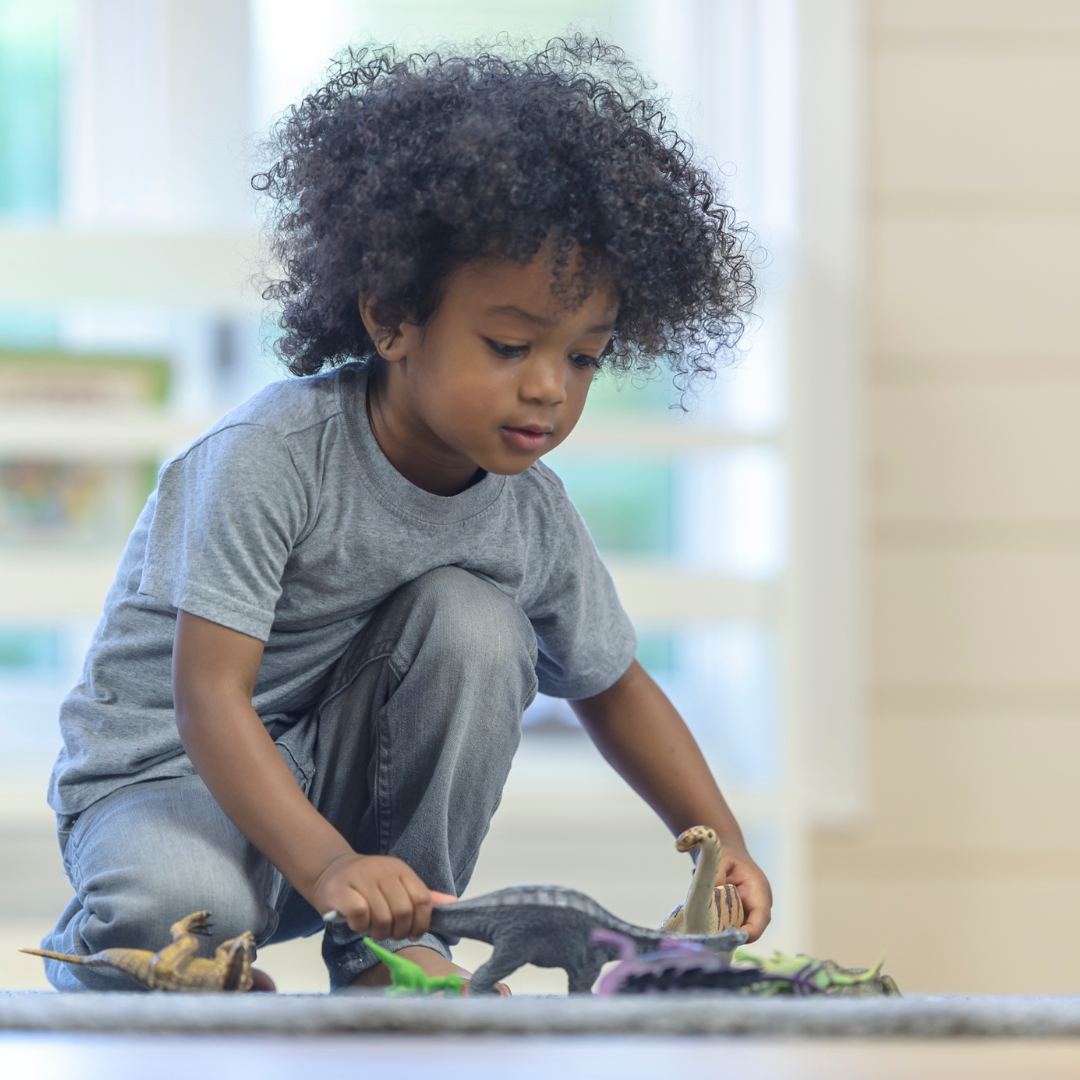
Science
MODG has a science workbook as well, which we plan to use as the syllabus suggests. Last year we had a blast with field trips, and we intend to do the same this year. We will repeat some of them, but are also planning a few new ones, including the geology museum, an upcoming dinosaur exhibit at the Discovery Center, and the Birds of Prey refuge just south of us.
Poetry
MODG includes poetry memorization for first graders. Our daughter’s classical parish school used the same book and she learned a few poems during her brief months at a brick-and-mortar school. She really enjoys reciting them. Realistically, I’m not seeing this as something we continue with. If we do memory work, it will be to continue with the memory verse coloring book we started last year. There is so much about poetry to love. I adore Mary Oliver. I read her words, and my soul sings. I love Rumi and Chardin and Hopkins. And I am going to love helping my kids develop a taste for poetry one day. But for now, I think it’s gonna go.
Record Book
We picked one out on our school shopping day because I thought I saw it somewhere on MODG’s website. I haven’t actually seen it referenced on the syllabus, though. Maybe we just haven’t gone far enough yet. Regardless, our daughter loves using it. I have her illustrate virtue tales, tell stories or narrate things we’ve read, and capture her vision of the saints we are learning about at this state in her imagination.
Morning Time
Every day, my daughter is chomping at the bit for table work. What a problem, I know. We keep our morning time brief and simple. We recite whichever prayer we are trying to memorize (currently, it’s the Morning Offering), sing whatever hymn MODG suggests along with a video I find and approve on YouTube beforehand, and the kids each pick a book out of the story-time basket.
We made some of these adjustments, like adding in more worksheets, because that is how our daughter enjoys learning. But others, like nixing poetry and adding in history, are for the sheer joy of it—my joy, because I love doing it with them. Theirs, because they seem to like it too. God gave these kids me as their mom. They are naturally going to get more of what I am good at (words) and less of what I am not (physics). The whole point of doing school together is that we learn together through these shared experiences, and if we can cover the broad range of what is necessary in a way that is more joyful and rings more true to who we are, well, then why wouldn’t we do it that way?
Please share your favorites and what curriculum works best for your family in the comments!
Copyright 2022 Samantha Stephenson
Images: Canva
This article contains Amazon affiliate links, which provide a small compensation to the author of this piece when purchases are made through the links, at no cost to you. Thank you for supporting our Catholic Mom writers in this way.
About the Author
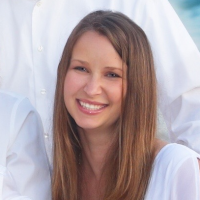
Samantha Stephenson
Samantha Stephenson is a Catholic bioethicist, homeschooling mother of four, and author of several books helping Catholic moms grow in prayer and nurture family life. She also writes about faith, family, and the future of being human at the Choosing Human newsletter on Substack. Connect with her at SNStephenson.com.


.png?width=1806&height=731&name=CatholicMom_hcfm_logo1_pos_871c_2728c%20(002).png)
Comments